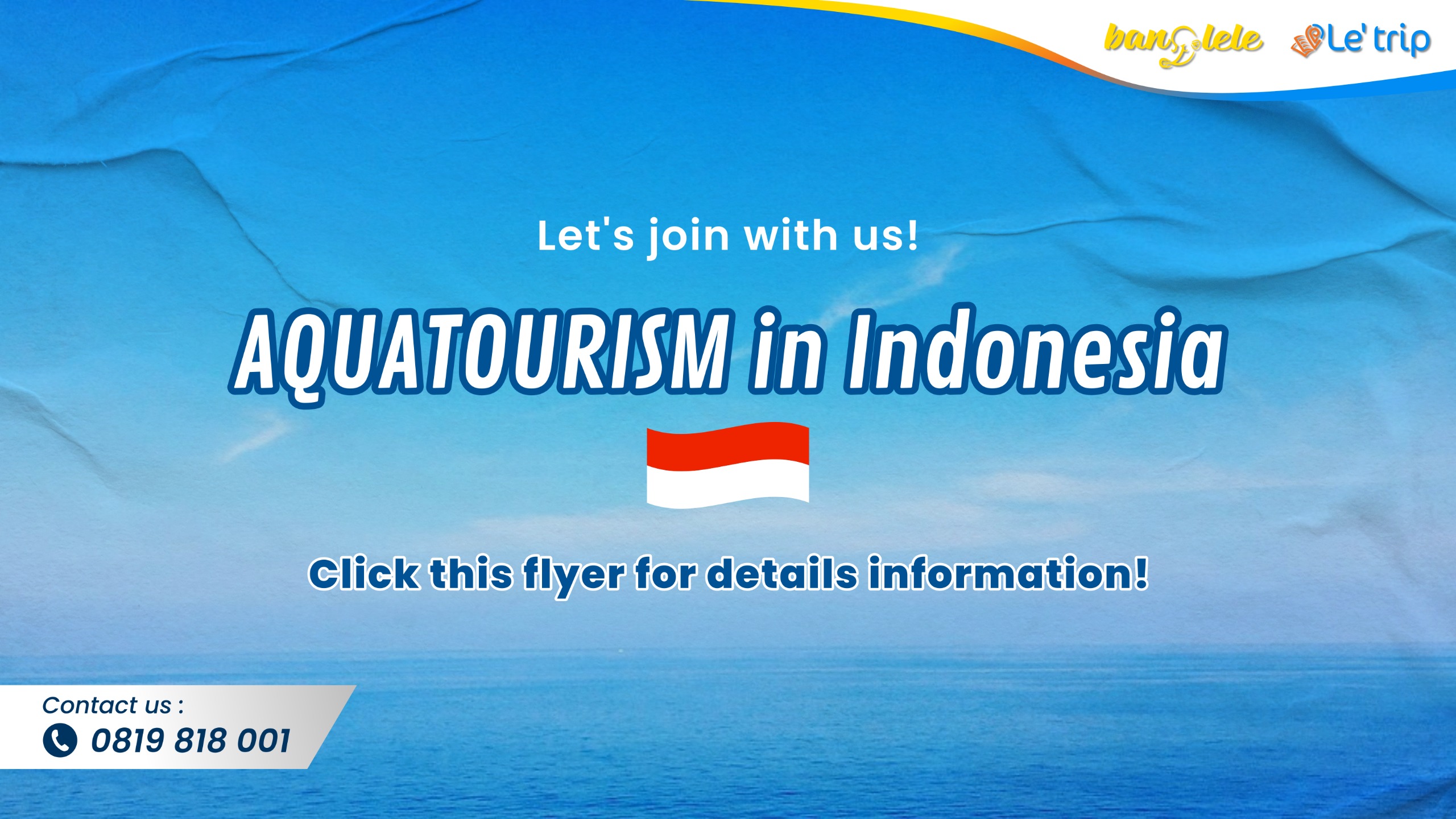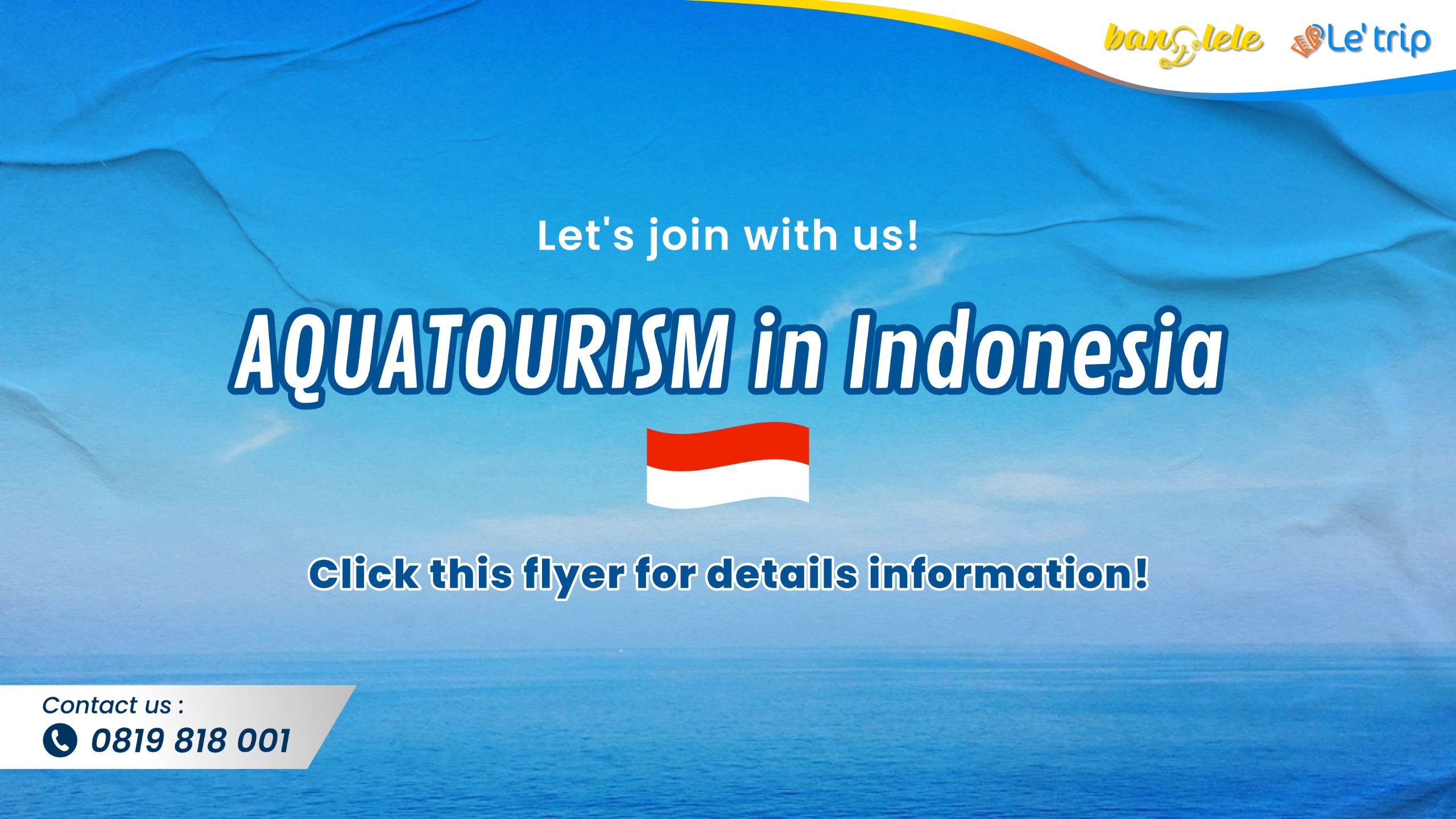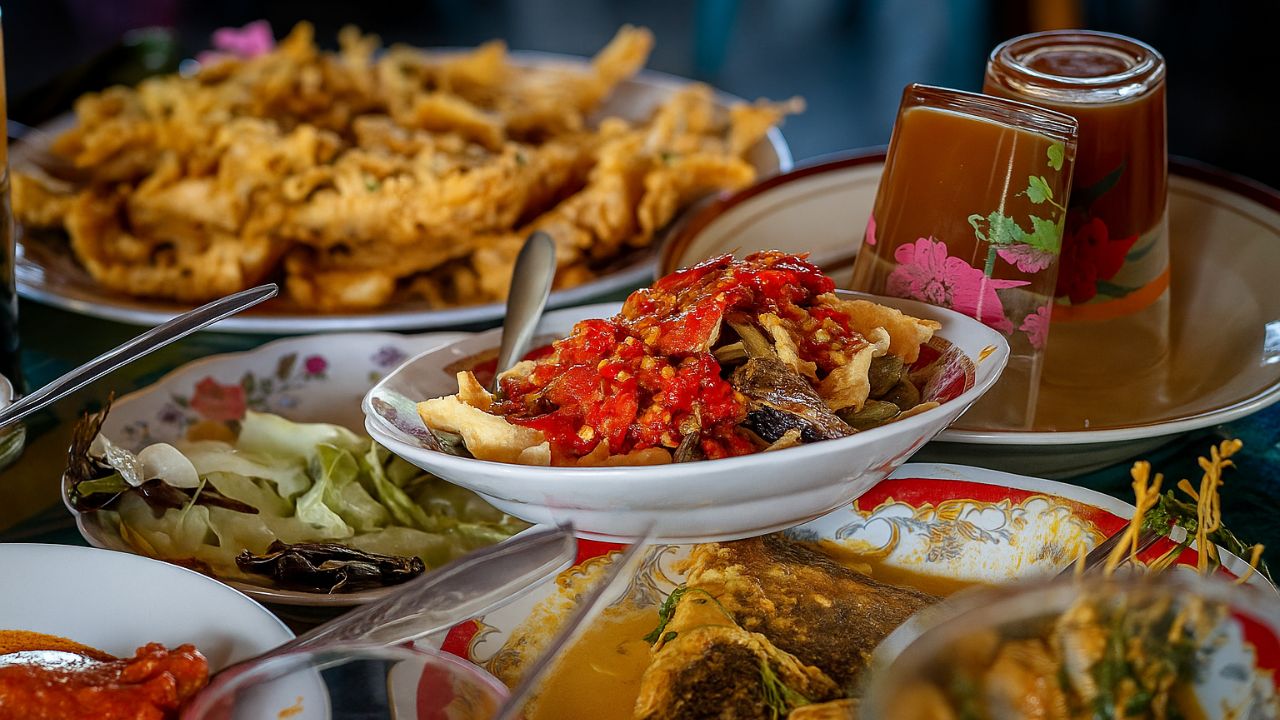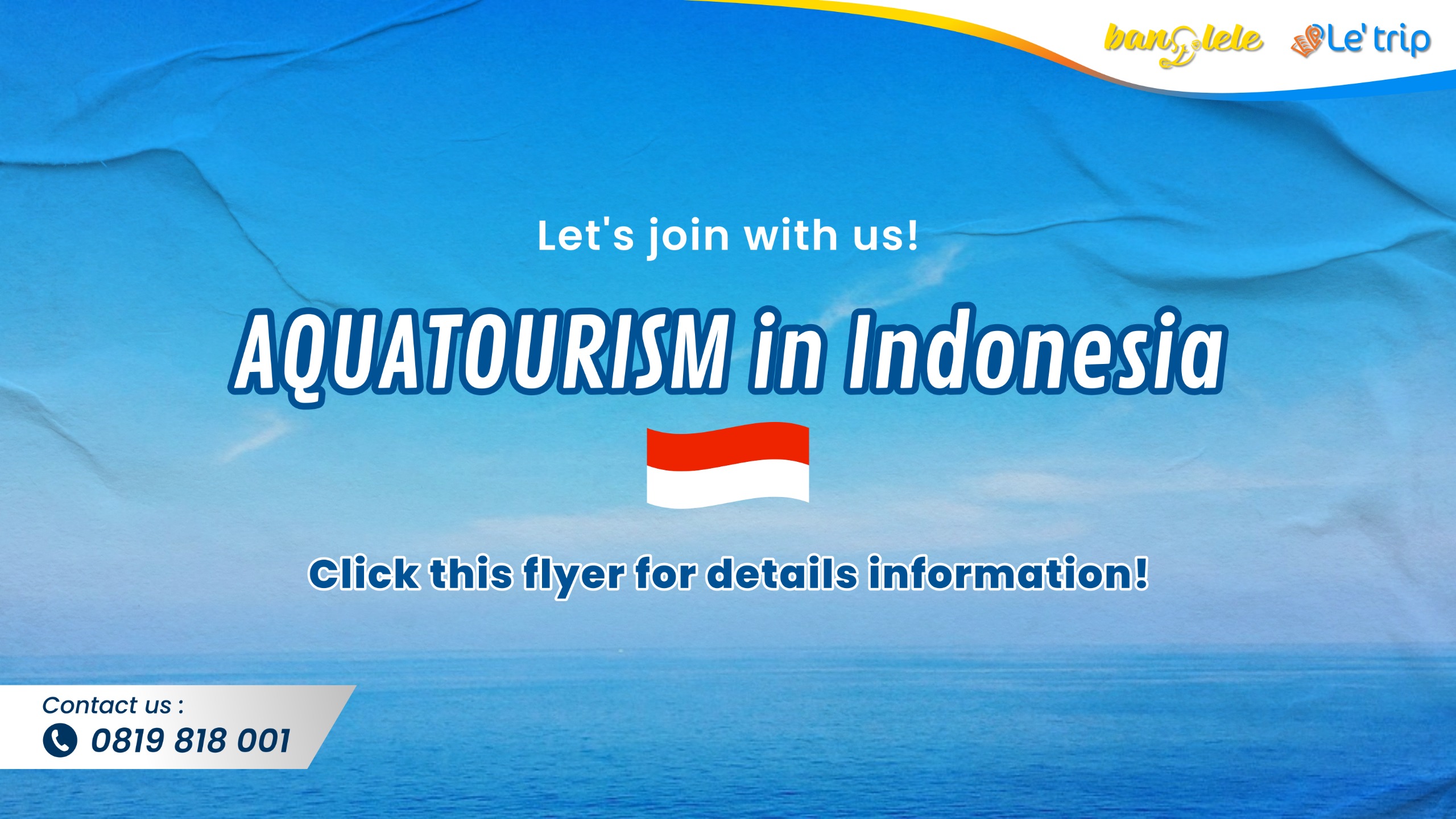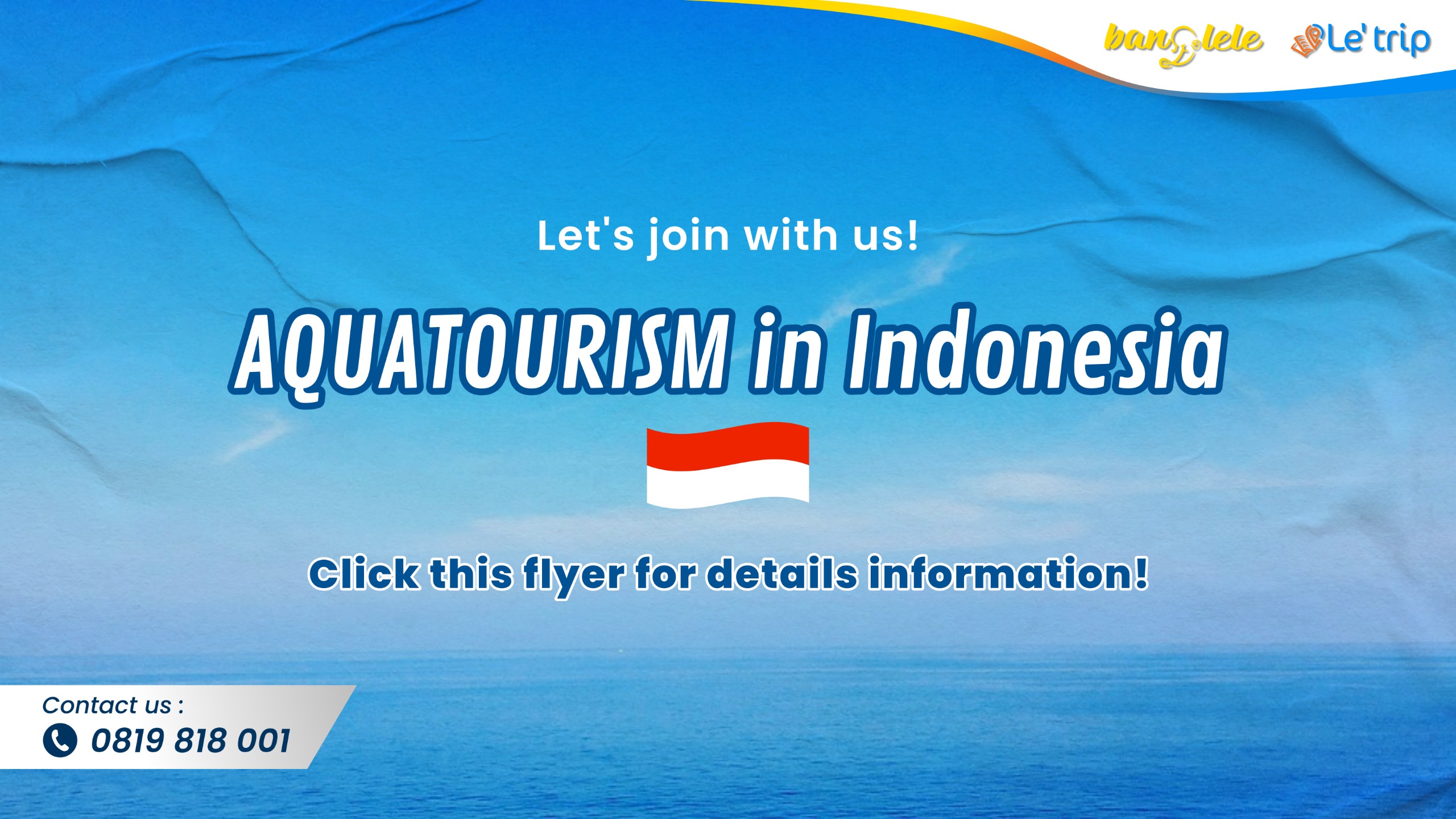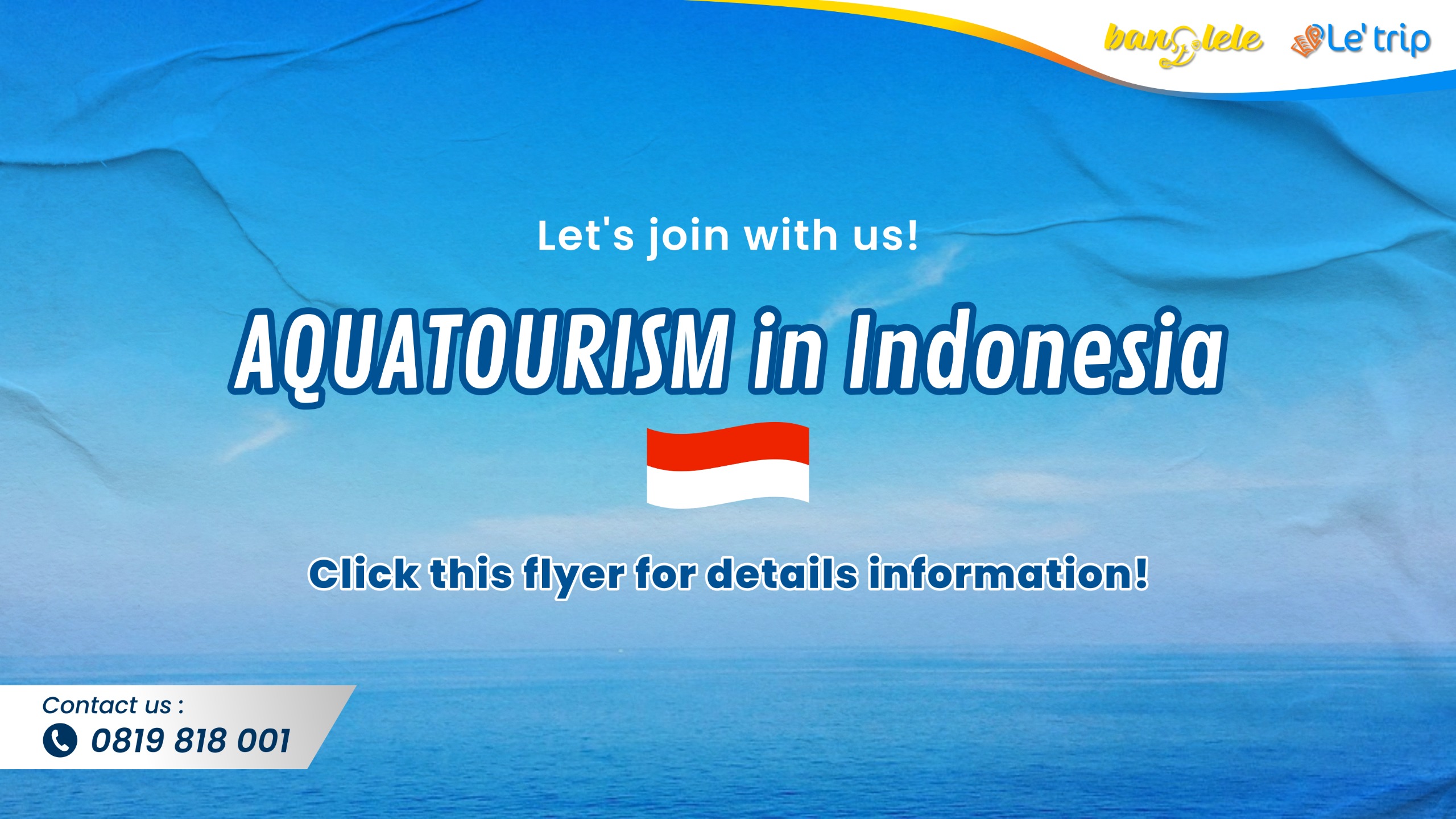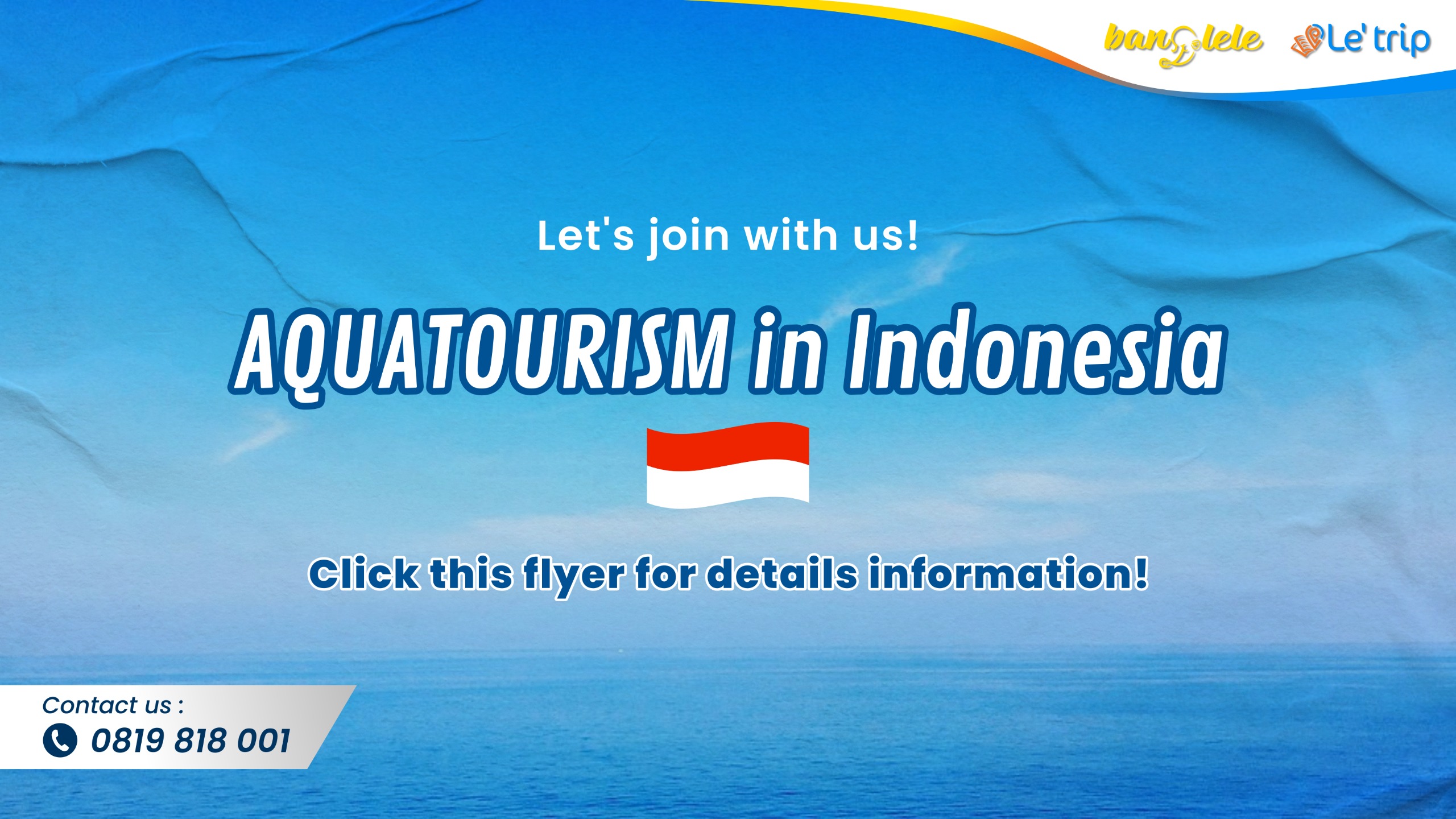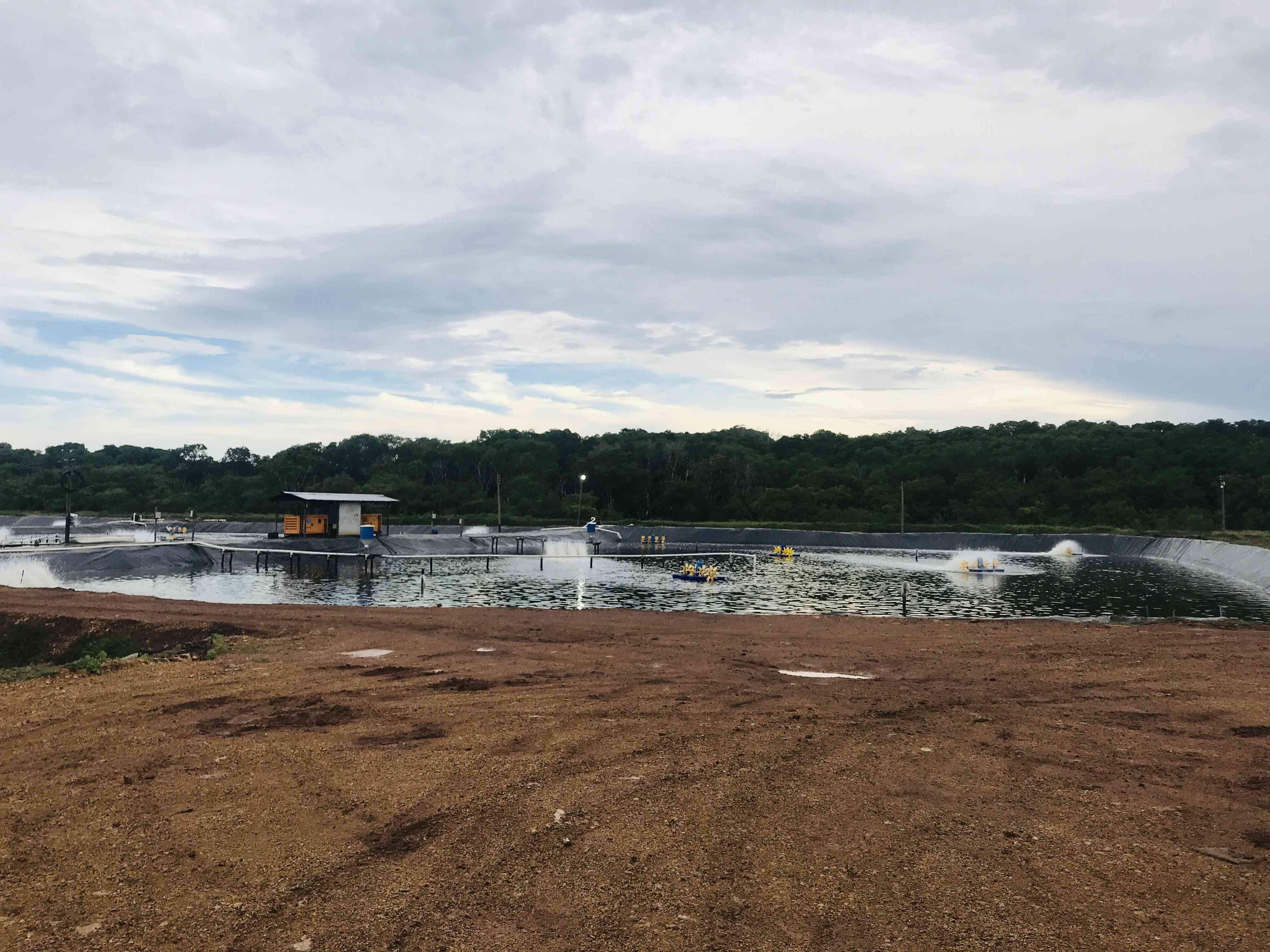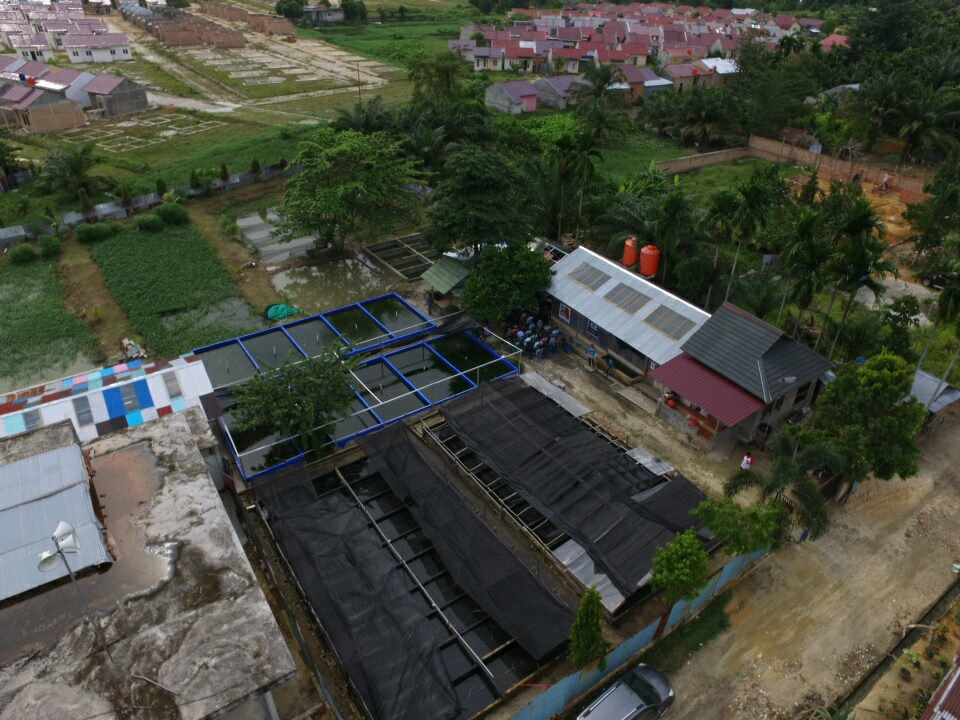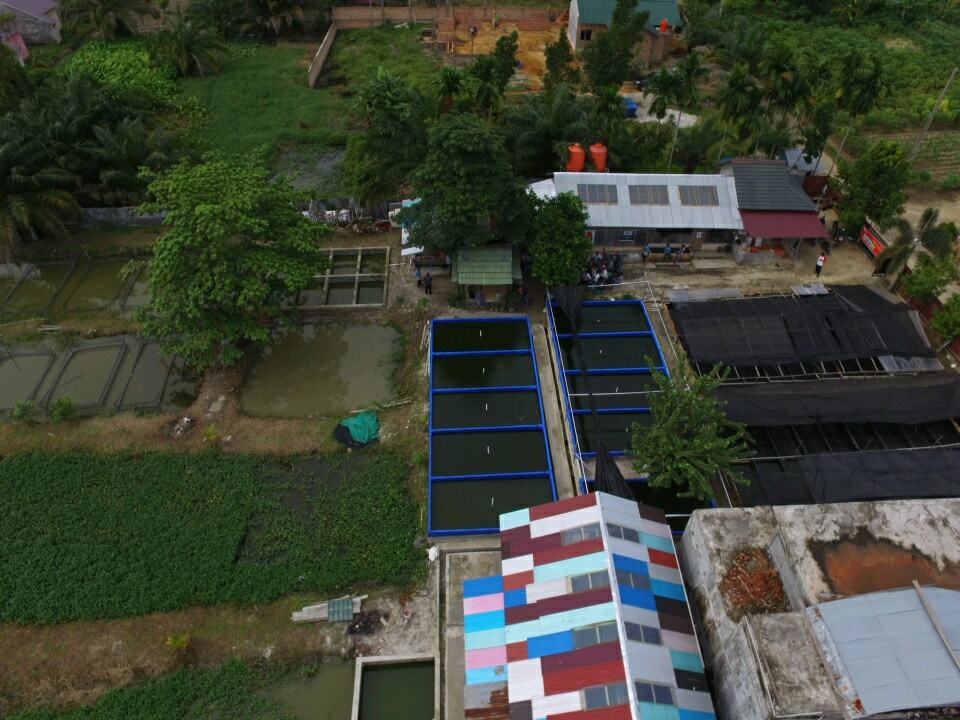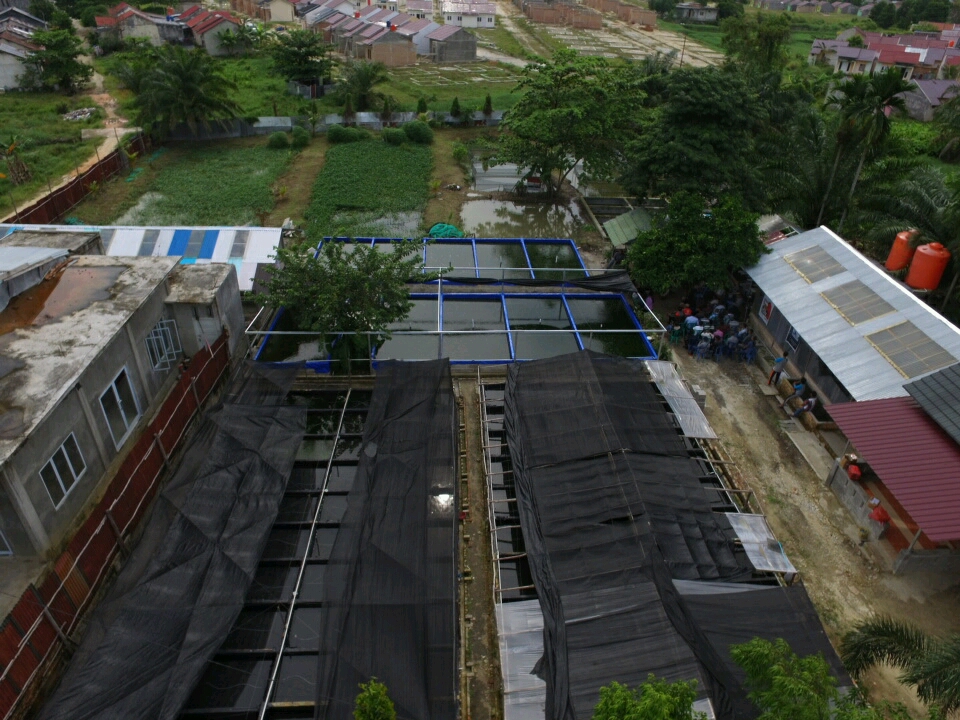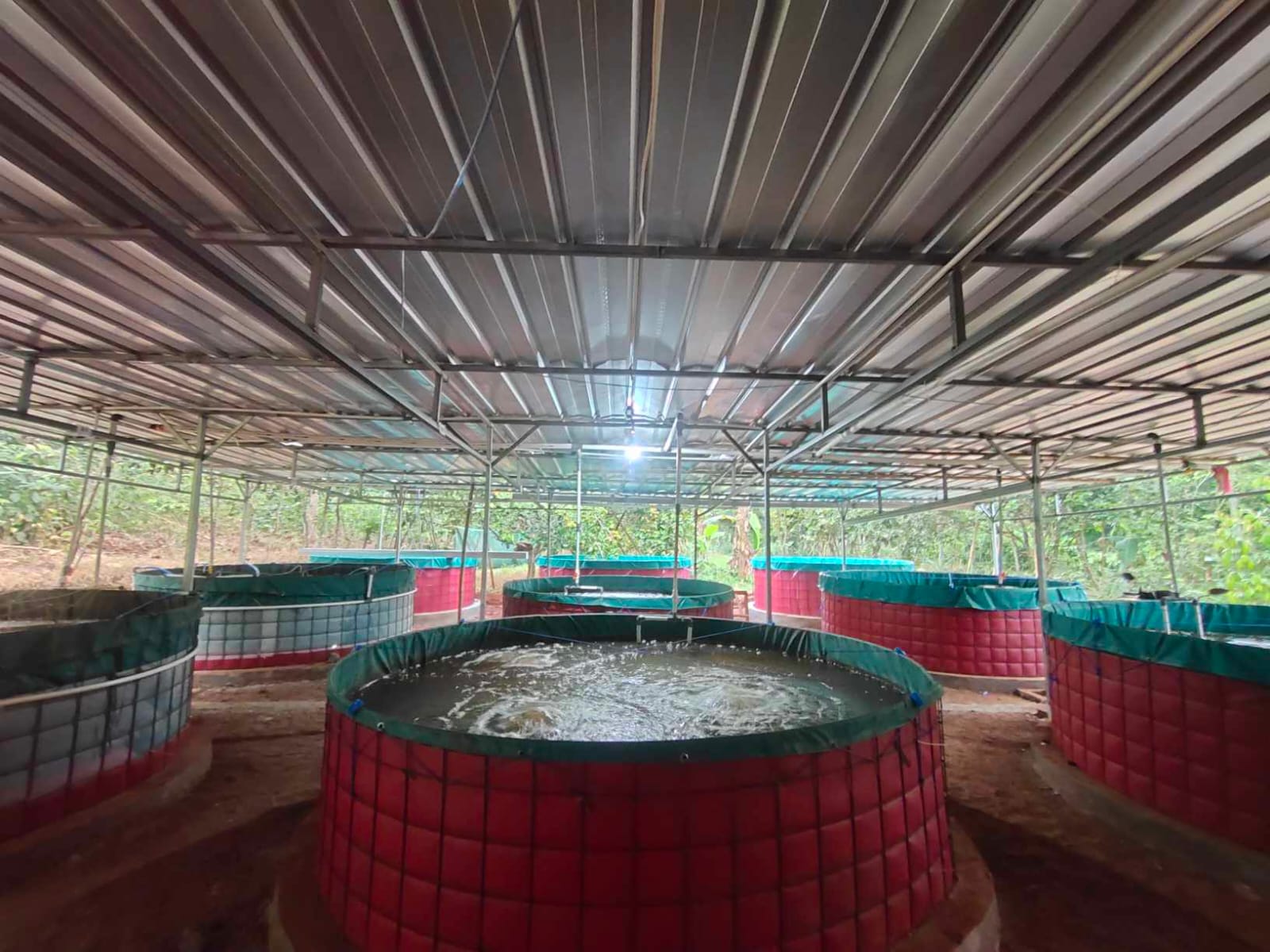Imagine breathing in the crisp, clear air of the mountains as your eyes take in a panorama of emerald-green rice paddies stretching to the foothills. In the distance, the aroma of spices—a complex blend of lemongrass, turmeric, galangal, and chili—wafts from traditional kitchens, promising a culinary adventure simmering on the stove. This is West Sumatra, a land where nature and culture do not merely coexist but are woven together in a harmonious, inseparable relationship. The region is blessed with a spectacular natural landscape that serves as the backdrop for a legendary culinary heritage.
The world may know Rendang, a dish crowned by international media in recent years as the most delicious food on the planet. But Rendang is, in truth, merely an opening act, an introduction to a gastronomic ecosystem in West Sumatra that is far richer and more complex. Behind every signature dish lies a philosophy, a history, and a tradition deeply rooted in the land of the Minang people. This article explores how the unique fusion of natural beauty, cultural wealth, and strategic innovation is positioning West Sumatra to become a leading global destination for gastronomic tourism. It is a journey through volcanic lakes and ancient valleys, a deep dive into the meaning behind each meal, and an examination of how modern initiatives like Aquatourism are shaping the future of travel in the Minang highlands.
A natural canvas for culinary adventure in West Sumatra
The distinct character of West Sumatran gastronomy cannot be understood apart from its spectacular natural stage. The region's geological landscape is not a passive backdrop but an active component that shapes, sustains, and enriches the culinary experience itself. The geography and geology of this land directly create an unparalleled dining atmosphere and serve as a wellspring of inspiration for the cultural narratives embedded in every dish.
a. Lake Maninjau: a volcanic cradle for local cuisine
As West Sumatra’s second-largest volcanic lake, Lake Maninjau stands as a testament to the region’s natural wealth. Formed by the eruption of Mount Sitinjau approximately 52,000 years ago, the lake offers a panorama of breathtaking beauty that soothes the soul. The best vantage point for this view is from the legendary road known as Kelok 44, from which the expanse of the blue lake, framed by lush green rice fields, is visible from on high.
Yet the beauty of Lake Maninjau is more than just scenic. Its calm surface is dotted with the floating net cages of local communities, who cultivate various types of fish, including tilapia. The presence of these fish farms is a tangible example of how natural geography directly supports local gastronomy. The food stalls, or warung, that line the lake's edge serve freshly grilled fish caught directly from its waters, offering an authentic and nearly unrivaled lake-to-table experience.
b. Harau Valley: a geological amphitheater, "Indonesia's Yosemite"
Further into the Lima Puluh Kota Regency lies a geological marvel often called "Indonesia's Yosemite": the Harau Valley. This valley is encircled by sheer granite cliffs that soar up to 500 meters (approximately 1,640 feet), silent witnesses to a time millions of years ago when this area was the floor of an ancient sea. As a nature reserve, Harau Valley is also home to diverse and rare flora and fauna, and is graced by at least six stunning waterfalls.
Within this magnificent natural amphitheater, the experience of dining becomes a tranquil and profound event, something more than just a meal. Enjoying a local specialty like gulai itiak (duck curry) or lamang tapai (fermented sticky rice) while gazing upon the primeval cliffs is a captivating experience where cuisine and the grandeur of nature merge into one.
The charm of Harau Valley in West Sumatra: Banglele Indonesia
c. Bukittinggi: the cultural heart of the highlands
As the cultural and historical center of the Minangkabau people, the city of Bukittinggi serves as a hub where the region's natural abundance and culinary heritage converge. The city is home to unique icons like the historic Jam Gadang clock tower and the dramatic Ngarai Sianok, a steep canyon that carves through the highlands. Its cool air and vibrant urban atmosphere create the perfect stage for a culinary adventure.
Visitors can sample the legendary Sate Padang in the vicinity of the Jam Gadang, or explore traditional markets to discover Nasi Kapau, served with dozens of authentic and tantalizing side dishes. Here, the experience of enjoying a meal against the stunning backdrop of Ngarai Sianok has become an inseparable and defining attraction of any visit to the city.
Jam Gadang, a landmark located in the center of Bukittinggi City: Wonderful Indonesia
The heart of West Sumatran gastronomy
The Minang cuisine of West Sumatra has transcended geographical and cultural boundaries, establishing itself as one of the world's most sought-after culinary traditions. The power of this cuisine, however, lies not only in its deliciousness but also in the depth of the philosophy and values it embodies. Each dish is a reflection of the identity, history, and worldview of the Minangkabau people.
In Minang tradition, cooking, particularly for ceremonial events, is a communal activity that reflects a spirit of mutual cooperation, known as gotong royong. Rendang is the most perfect example of this tradition. Its cooking process, which takes many hours, teaches the values of patience and perseverance. Furthermore, each of its primary ingredients symbolizes one of the pillars of Minangkabau society, a legacy passed down through generations.
Beyond Rendang, West Sumatra is home to a host of legendary dishes. Sate Padang is famous for its thick, spice-rich sauce, which has distinct regional variations, such as the yellow sauce of the Padang Panjang style and the red sauce characteristic of Pariaman. There is also Gulai Itiak Lado Mudo, a duck dish prepared with a spicy green chili paste that is an icon of Bukittinggi's culinary scene. The Minang people's tradition of merantau, or migrating temporarily for work or experience, has played a crucial role in spreading these dishes across the globe. Rendang's natural durability made it the ideal provision for long journeys, and in doing so, it unintentionally became Minangkabau's first culinary ambassador on the global stage.
In addition to its popular meat-based dishes, West Sumatran gastronomy holds a wealth of equally delicious fish-based cuisine, a reflection of its geography, which includes large lakes and a long coastline. Dishes such as Gulai Kapalo Lauak (snapper head curry) are a local favorite, prized for their rich and savory coconut milk-based gravy. Another is Pangek Ikan, a dish in which fish is slow-cooked with spices until the sauce reduces and thickens, often served as a main course in traditional Minangkabau ceremonies. For those who prefer a fresher taste, Asam Padeh offers the tangy and spicy sensation of tuna or mackerel cooked without coconut milk. This rich aquatic culinary heritage also opens the door for the development of innovative tourism concepts like Aquatourism.
A gastronomic journey from source to table
Modern gastronomic tourism is no longer just about tasting food; it is about immersing oneself in a complete experience, from the source to the table, and even into the kitchen itself. West Sumatra offers this entire journey, transforming travelers from passive consumers into active participants in its culture.
A culinary adventure in West Sumatra ideally begins at its heart: the traditional market. Visiting markets in places like Padang Pariaman or Bukittinggi is a captivating experience where travelers can witness the freshness of the raw ingredients—vibrant red ground chilies, fragrant spices, and fish fresh from the lakes—while interacting with local vendors. From there, the journey continues to legendary restaurants such as Sate Mak Syukur in Padang Panjang or Lamun Ombak in Padang, establishments where authentic recipes have been served with an unwavering commitment to taste for decades.
Sate Mak Syukur, one of the authentic locations to enjoy Padang Satay: Wonderful Indonesia
For a deeper understanding, the trend of experiential tourism offers a unique opportunity through cooking classes. This experience begins with shopping for ingredients at a traditional market, followed by learning directly from local experts how to use traditional tools like the cobek and ulekan (stone mortar and pestle) to grind spices. Participants learn not just a single recipe but a variety of dishes that represent the geography of the Minang highlands, from the coastal Rendang Lokan (clam rendang) to the highland Itiak Lado Mudo. This direct engagement provides an understanding of the philosophy, techniques, and culture behind each dish, giving visitors a skill and a story to take home.
The role of community and government in building a global brand
The popularity of West Sumatran cuisine, which initially spread organically through the merantau tradition, is now transforming into a more strategic and structured movement. There is a growing awareness among government officials, academics, community leaders, and business owners that this culinary asset is a powerful instrument for cultural diplomacy and a potent economic driver.
The Provincial Government of West Sumatra is actively promoting gastronomy as a central pillar of its tourism strategy. Events like the Minangkabau Culinary Festival are held regularly to help promote the products of local Micro, Small, and Medium Enterprises (MSMEs) to a wider audience. On a more strategic level, the government is also working to standardize products, particularly Rendang, so they can meet international standards and penetrate export markets. This step is crucial for strengthening West Sumatra's position in global culinary diplomacy.
In parallel with the process of nominating Rendang as a UNESCO Intangible Cultural Heritage, a strategic discourse has emerged to formally brand West Sumatra as the authentic center of Minang cuisine. Tourism observer Sari Lenggogeni has urged the development of a comprehensive global promotion masterplan. This vision includes initiatives such as branding a "City of Rendang" and developing West Sumatra as a Slow Food Tourism destination focused on preserving local ingredients, supporting communities, and providing culinary education. The existence of this structured, long-term vision signals a shift from merely "having good food" to consciously "building a sustainable global gastronomic destination brand".
Beyond these formal initiatives, the true strength of West Sumatra's culinary promotion remains in the hands of its community. The thousands of Padang restaurants scattered across Indonesia and the world have long served as unofficial "culinary ambassadors," introducing the flavors of Minang to millions of people every day. Furthermore, Minang diaspora communities in various countries play a vital role in introducing and preserving this culinary culture on the international stage, often through cultural festivals and community events.
Aquatourism in the Minangkabau Highlands
An innovative initiative has begun to elevate West Sumatra's aquatic gastronomy to the next level, combining tourism, education, and international diplomacy through a program known as Aquatourism. Scheduled for June 2025, the Aquatourism program organized by Banglele Indonesia in West Sumatra, in partnership with visitors from the CaPFish team of Cambodia, is a strategic initiative poised to lift the region's aquatic gastronomy onto the global stage.
Banglele Indonesia is known as an aquaculture innovator that focuses not only on sustainable cultivation technologies like biofloc systems but also on developing social business models such as Aquatourism and engaging in aquaculture diplomacy through international cooperation in Madagascar, Suriname, and Kuwait. Its partner, the CaPFish team from Cambodia, is a program supported by the European Union and the United Nations Industrial Development Organization (UNIDO) with a strong focus on developing post-harvest value chains, improving food safety standards to access global markets (including the EU), and commercializing research in the fisheries sector.
The CaPFish team from Cambodia visited the cultivation site at Lake Maninjau: Banglele Indonesia
For West Sumatra, this Aquatourism program has the potential to be a catalyst for modernizing the local fisheries and aquaculture sectors, connecting them directly with gastronomic tourism. It is a concrete step toward realizing a sustainable and globally competitive farm/lake-to-table concept. Moreover, the collaboration between Banglele Indonesia and the CaPFish team is a clear example of South-South cooperation, where Indonesia and Cambodia share best practices for economic development based on local resources. This ultimately strengthens culinary diplomacy at the regional ASEAN level.
West Sumatra’s bright future on the world’s gastronomic stage
West Sumatra stands at a promising crossroads. The power of its stunning natural landscapes and its captivating culinary heritage complement each other to create a unique and potent value proposition in the global tourism market. This offering aligns perfectly with several dominant global tourism trends.
First, the trends of Culinary Tourism and Culinary Roots show that travelers are increasingly seeking authentic food experiences as a primary motivation for their journeys, not merely as a supplement. With its richness of flavor and philosophy, West Sumatra can deliver precisely the kind of deep, meaningful experience these culinary travelers are searching for. Second, as global consciousness rises, the trend of Sustainable and Eco-Tourism is driving demand for travel that respects the environment, empowers local communities, and preserves culture. The Aquatourism model being developed in West Sumatra is a direct and sophisticated response to this demand.
Ultimately, West Sumatra is no longer just selling Rendang; it is offering a complete gastronomic journey. It is an ecosystem where every dish contains a story about its land, its water, and its people. With this powerful combination, the Minang highlands are poised not only to be known but to be celebrated as one of the world's most authentic and sought-after centers of gastronomy.

